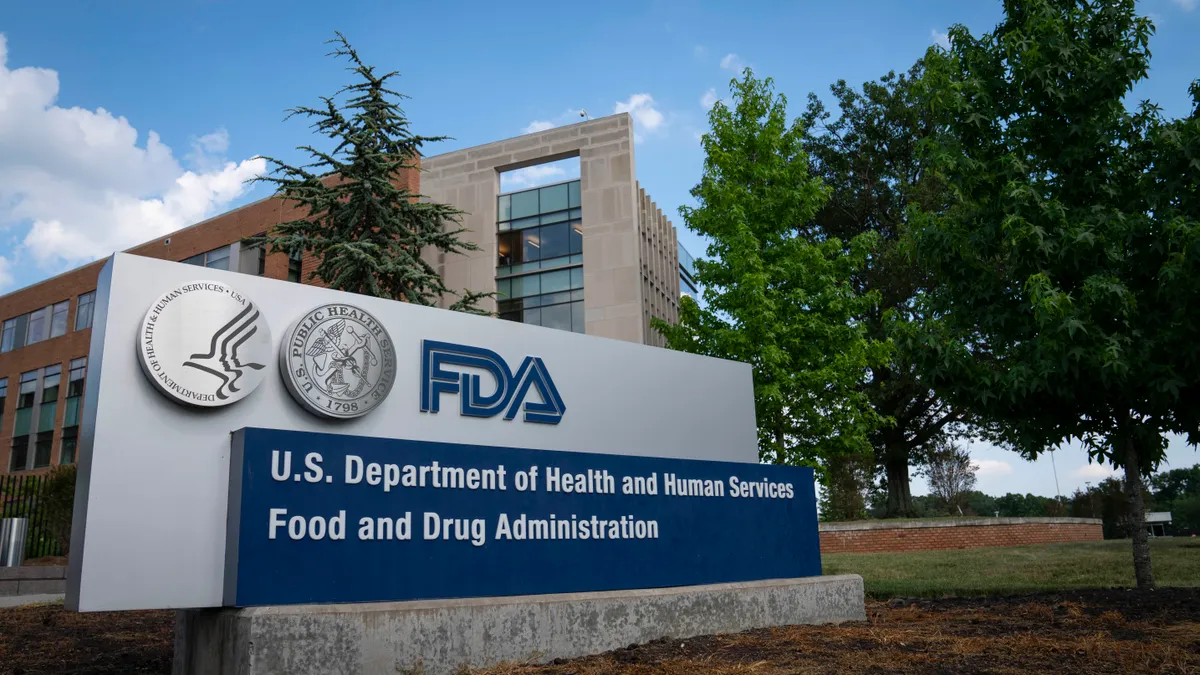FMI - The Food Industry Association is recommending guidelines for standardizing food traceability that builds on the Food and Drug Administration’s recently published Food Traceability Final Rule.
Due to rapid innovation and growth in food as well as ensuring food reaches rural communities, FMI called for the standardization of food traceability data as well as for the need to streamline information in order to “accurately track the journey of food from farm-to-store,” per a Wednesday post.
Published more than seven months ago, the FDA’s new traceability protocols are for a variety of food products vulnerable to contamination. Individuals who manufacture, process, pack or hold foods will be subjected to new guidelines during production and along the supply chain. The compliance date for these new requirements is Jan. 20, 2026.
Both FMI and the National Grocers Association voiced concerns about what the execution of the FDA’s final rule would mean for the food industry and for grocers. In November, FMI released a statement noting that work on the safety of the food supply chain must be done “with the least possible impact on food prices, greatest impact on results, and consistency.” ”
That same month, the NGA called attention to how the final rule will disproportionately hurt small grocers due to the expenses of implementing it as well as additional required labor.
In its recent blog post, FMI listed four ways to help overcome challenges with tracking food traceability: standardized information; communications among supply chain partners; technology to facilitate information sharing; and new systems and processes to record accurate information while trying to maintain operational efficiencies.
FMI specifically called attention to GS1 standards.
GS1 standards are the most widely used system of standards across the globe and provide a “common foundation for businesses to uniquely and consistently identify products, assets, shipments and physical locations” throughout the supply chain while simultaneously allowing the exchange of information, the trade group said.
In light of the FDA’s new traceability requirements, GS1 created a guide aimed at implementing its standards while also meeting the FDA’s new requirements, according to FMI’s blog post.
FMI said GS1 standards could be applied to align with both key data elements required for critical tracking events under the FDA’s rule such as standardizing the data model for capturing events with the Electronic Product Code Information Services as well as tracking locations of key data elements with GS1’s Global Location Numbers.
“With a rich history, GS1 standards are an established tool that companies can leverage to help meet the requirements of the traceability rule,” FMI said in the blog post.













